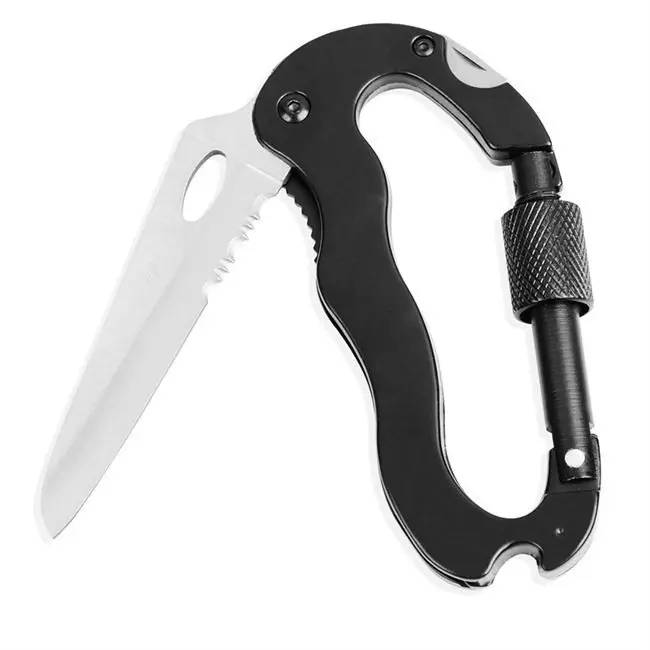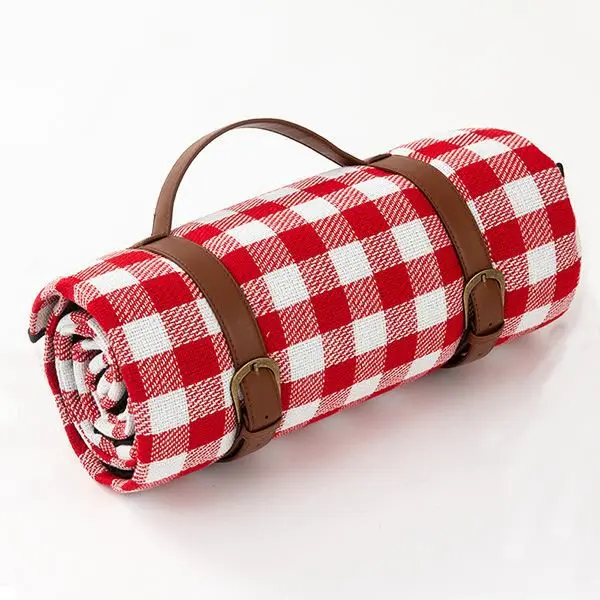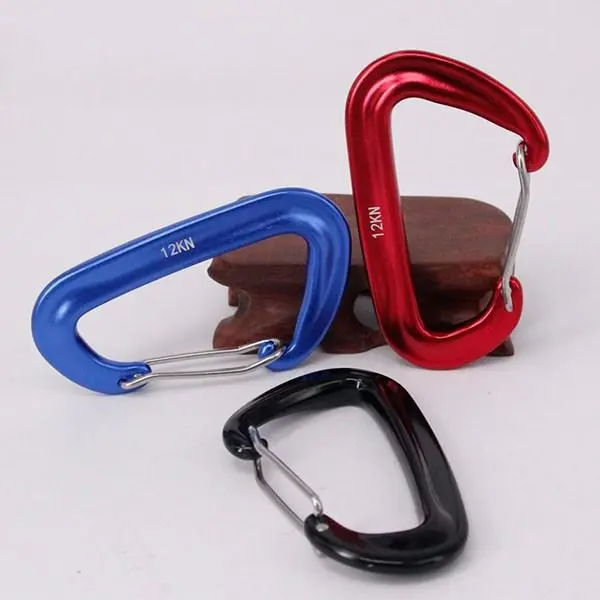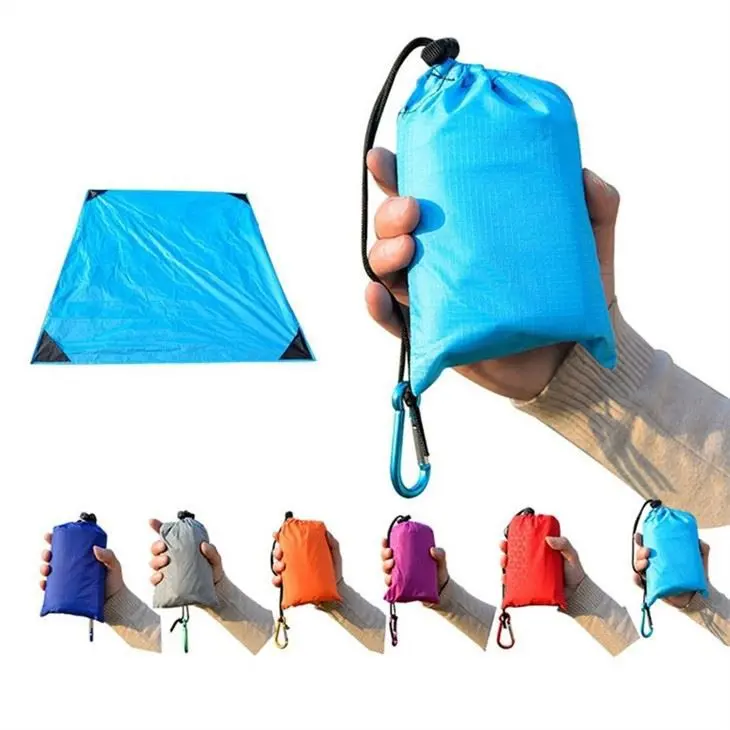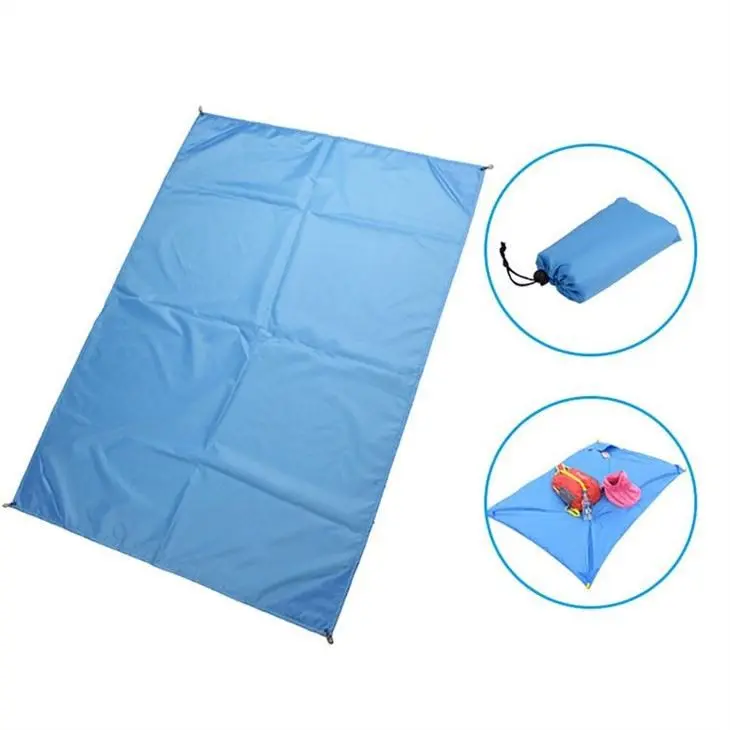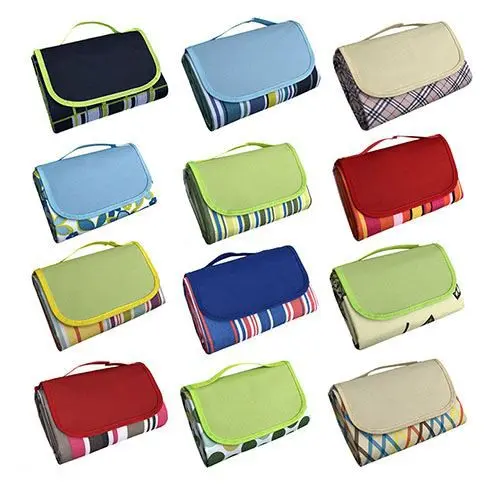What equipment do you need to bring to parks and parent-child camping
In spring, when flowers are in bloom, we go outing and camping. If you want a wonderful camping experience, camping equipment is essential. I recommend 4 camping equipment combinations to everyone. Novices can just buy them accordingly.

The weather has been cooler recently, so if you just go to the park in front of your home for a walk and some sunshine. Just bring a moisture-proof mat with you. It can fully meet your needs of lying on the grass, looking at the blue sky and white clouds, and blowing in the wind. When you get tired of it, you can just take it home with you, which is very convenient.
2. Tent + moisture-proof mat + camper van
If you want to go somewhere far away and have a family with you, you have to consider comfort. The combination of "tent + moisture-proof mat + campervan" is a very classic basic combination, which can basically meet the needs of short-distance one-day trips. Moreover, the tent has better wind resistance and privacy, which is especially suitable for families with children.

3. Canopy + portable tables and chairs + camper van
If you are camping with friends, there are many people traveling with you, the weather is hot, and you are not planning to stay overnight, the combination of "canopy + portable tables and chairs + campervan" will be more suitable. Because compared with tents, canopies are more ventilated and spacious, making them suitable for daytime use. The tent will be stuffy on hot days.
4. Tent + moisture-proof mat + sleeping bag + canopy + portable table and chairs + camper van
If there are many people traveling with you, including children, and you need to stay overnight, the combination of "tent + moisture-proof mat + sleeping bag + canopy + portable table and chair + camper van" will make people feel safe. During the day, bring some food and drink, chat around the table and reminisce about old times, which is comfortable and comfortable. You don’t have to worry about getting cold or catching a cold if you stay overnight. You don’t have to rush on your way. It’s very pleasant to watch the sunset and sunrise slowly.
The above four are all very basic and practical combinations. As you can see, on a camping trip, tents and sleeping bags can be said to be the most frequently used equipment. As for tents and sleeping bags, how can you choose products that meet your needs without making any mistakes?
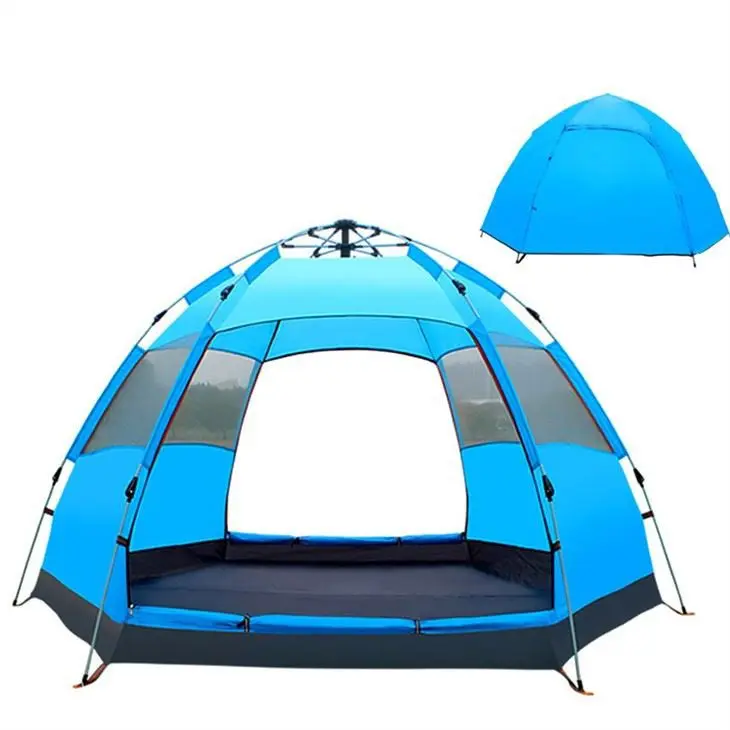
The more features and larger the tent, the more expensive it will definitely be. But when purchasing, the more expensive the better, just as long as it suits you and the functions are usable.
1. Automatic account or manual account?
Tents are divided into automatic tents and manual tents according to the opening method. If you are a novice, the camping weather is good, and you are doing light camping, you can buy an automatic tent. Compared with manual accounting, the advantages of automatic accounting are:
It can be retracted and retracted automatically, which is very friendly to novices. If you are quick, it can be set up in a minute or two.
The price is cheaper, and it is very cost-effective for people who occasionally camp.
If you are an experienced deep camping enthusiast, it is recommended to choose a manual tent. Because the disadvantages of automatic accounts are also obvious:Steel wire is easy to deform and break.
Most are single-layered, and the rainproof effect is not as good as that of double-layered manual tents.
The structure is complex, the volume is relatively large after shrinking, takes up space, and is relatively heavy.
2. How to choose the size of tent?
Choose based on the number of campers. Generally speaking, the size of the tent is based on the number of campers plus 1. For example, if 2 people choose a 3-person tent for camping, it will be more spacious and comfortable. Of course, if you are hiking and need to consider the weight of the tent, it would be better to select the size of the tent based on the actual number of people.

3. How to choose the shape of the tent?
Common tent shapes include: hexagonal tent, tunnel tent, dome tent, etc. Among them, hexagonal tents are the most common style and are often used for park camping and parent-child camping. Because it adopts a three-pole, four-pole or six-pole cross-support design, it has better stability and wind resistance, and the available space is relatively large. Tunnel tents are more common in professional camping camps. It adopts the design of semi-circular camp pillars supporting the inner tent. The interior space is large and the comfort is very high. It is suitable for families or trips with many people. The one-piece dome tent, also called a "yurt", is composed of several crossed tent poles and can be moved as a whole. There are many sizes, ranging from a single tent to large enough to accommodate a dozen people for dinner and meetings. The bracket is simple so installation and removal is very quick. However, since its windward side is equal, its wind resistance performance is poor. Suitable for camping in parks and lakeside.
4. How to choose between summer tent, three-season tent and four-season tent?
Summer tents, as the name suggests, are specially designed for summer. Generally there is only one layer, almost all of which is mesh. It is mainly designed to prevent mosquitoes and provide ventilation, but waterproofness is not the focus. So it can't be used on rainy days. The price is relatively cheap. Three-season tent can be used except in winter. This type of tent is usually double-layered. The inner tent is mesh, which can prevent mosquitoes and provide ventilation; the outer tent is generally made of Oxford cloth, polyester, nylon, technical cotton, silk, Gore-tex, etc., focusing on sun protection, waterproof, and Windproof. Compared with summer accounts, three-season accounts have more complete functions, are applicable to more scenarios, and are not much more expensive, so three-season accounts are a more common choice. The fourth-level tent, on the basis of the three-season tent, also takes into account the needs of winter camping. The design focused on winter climate factors such as snow, hail, ice, strong wind, and cold:
Inner and outer tents usually have no mesh and use vents to control condensation.
The outer tent is generally equipped with a snow skirt, which can be extended directly to the ground to withstand storms. When there is snow, you can use the snow to hold down the snow skirt, which not only keeps you warm, but also increases the stability of the tent.
In addition, the tent poles of the four-season tent are stronger and have greater stability and load-bearing capacity. But the weight is also higher than that of a three-season tent. Some high-end materials can be very light, but the price will be much more expensive. For most people, if they are not camping in the winter, a three-season tent is completely sufficient.
5. What do you think of the waterproofness of the tent?
Generally, the waterproof index of tents will be indicated on the product label and online shopping page.
1. A tent with a waterproof index of 800MM-1200MM can prevent light to moderate rain and can meet simple camping needs.
2. A tent with a waterproof index of 1500MM-3000MM can prevent moderate to heavy rain and is suitable for long-term camping.
3. Tents with a waterproof index of 3000MM or above are generally treated with high temperature resistance/cold resistance technology and can basically be used in various environments.
Of course, tents with better waterproof properties are generally more expensive. Just choose the one that meets your needs.
6. How about the ventilation of the tent?
The ventilation of a tent is related to the number of doors. Generally, two-door ones definitely have better ventilation than one-door ones, and are more expensive. But there are more mosquitoes in summer, so it is better to buy a double-layered tent with mesh as the inner layer. Opening the outer tent not only provides ventilation, but the outer tent can also be used as a tent.
7. How about the sun protection of the tent?
There are two types of sun protection coatings for tents: black glue and silver glue. Generally, vinyl has better sun protection than silver, but the light of vinyl is darker and makes people feel depressing. If you often camp in hot weather above 30℃, it is recommended to choose vinyl, which has better sun protection effect. If you only camp in weather below 30℃, you can choose silver glue to make the light brighter.

If you are camping overnight, a warm and moisture-proof sleeping bag will not only ensure your strength for the next day, but also protect you from catching a cold. So how do you choose a sleeping bag that suits you and meets your needs?
1. Look at the key indicators: effective temperature range
The most important function of a sleeping bag is to keep warm, and the measurement indicator is the "effective temperature range", which is usually marked on the product details page when shopping online. However, it should be noted that the "effective temperature range" is only a reference. You also need to choose based on the weather temperature, humidity, wind speed of the destination and your own conditions.
2. Look at the shape
Common sleeping bag shapes include: envelope and mummy. The shoulders of the envelope-style sleeping bag are as wide as the feet. The sleeping bag is looser and has a larger space for movement. It is suitable for use in summer or for people with a relatively large body shape. Many people choose this type of sleeping bag when traveling by car or as a backup at home. Mummy-style (also called mommy-style) sleeping bags are shaped with wide shoulders and narrow feet. They are more suitable for use in low temperatures, such as cold winter, because they can achieve better thermal insulation effects.
3. Look at the fabric
Sleeping bag fabrics are generally polyester or nylon, and their density and texture vary depending on the filler. When choosing a sleeping bag, pay attention to whether the material of the fabric is dense and firm, and whether it feels soft and comfortable. You can also check whether the product label indicates that the sleeping bag fabric has special functions such as waterproofing and moisture permeability.
4. Look at the fillings
Common outdoor sleeping bag fillings include: chemical fiber, down and feathers, etc. Chemical fiber-filled sleeping bag: It can still maintain good warmth retention ability in humid conditions, and is suitable for use in humid southern climates. However, its storage volume is large and its weight is heavy, making it more suitable for fixed places or self-driving cars. When selecting, you can feel the resilience of the sleeping bag by weighing and pressing it. The stronger the resilience, the better the warmth retention. Down and feather sleeping bag: small storage volume, easy to carry, light weight, more suitable for backpacking, hiking or colder environments. The price is generally more expensive.
Tip 1: How to choose a down sleeping bag?
When choosing a down and feather sleeping bag, you can check the filling amount and down content on the product label, and you can also pat it and feel the fluffiness to judge the warmth of the product.
The higher the filling amount and down content, the higher the fluffiness, and the better the warmth retention of the down sleeping bag.

Tip 2: How to maintain a down sleeping bag?
Keep the down sleeping bag dry and avoid strong light exposure and heavy pressure, otherwise it will affect the bulkiness and warmth of the sleeping bag.
When the inner and outer layers of the sleeping bag are removable, it is recommended to wash only the outer fabric and wash the down and feathers as little as possible to avoid affecting the warmth retention.

